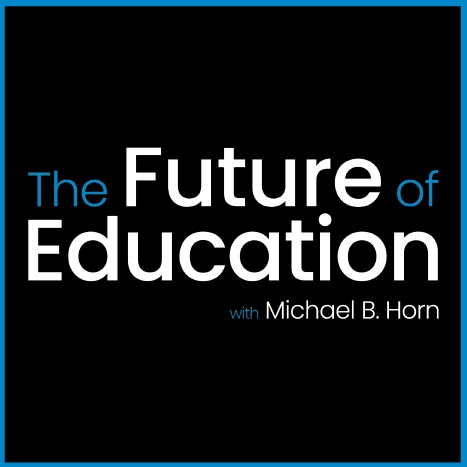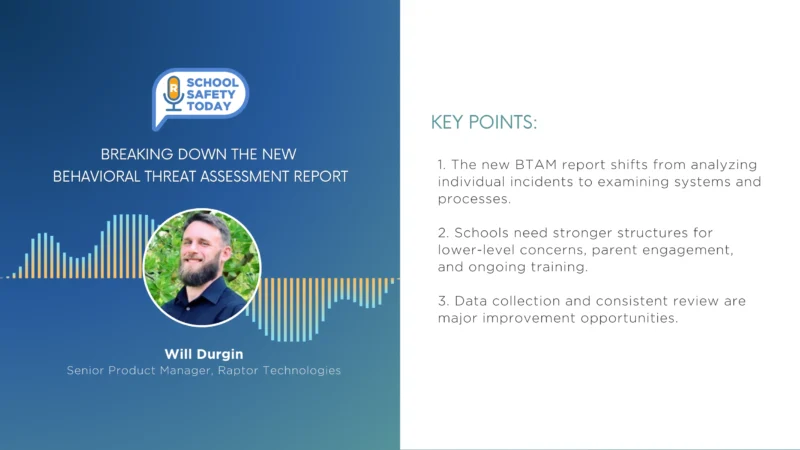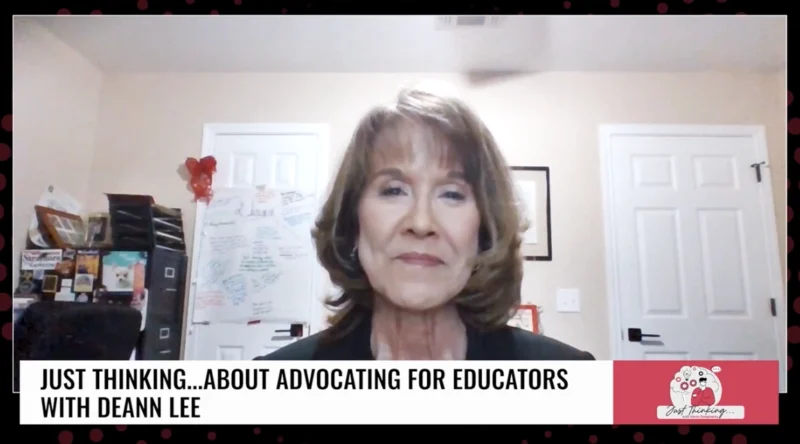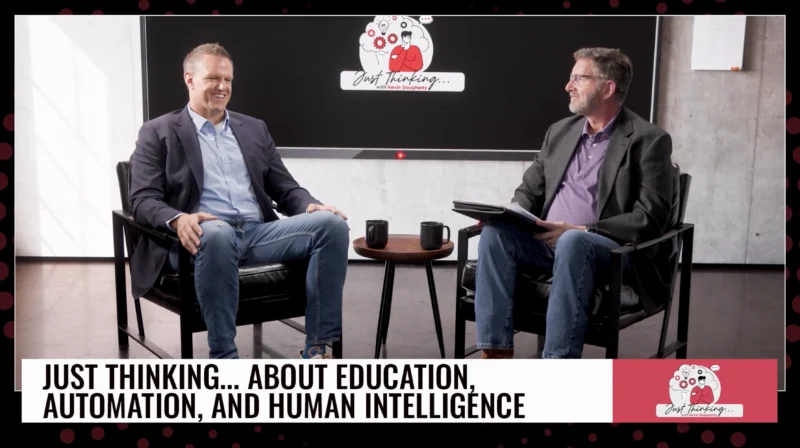A Generation of Education Innovation Seen Through the Eyes of an Online Education Visionary
It can feel like online, virtual learning came about during the pandemic. For many, it was their first taste of online education. The truth is, it’s been around for years—decades even. Online education doesn’t look and feel the way it did back in those early internet days when virtual public education options were scarce. Still, a generation of education innovation paved the way for the educational experience of 2023, and parents have many more options for their children. Today, private online school options are available in all 50 U.S. states, with 35 states offering free online public-school options.
In addition to full-time, virtual, K-12 learning, education innovation through online solutions, such as education intervention and mental health support for students, are enhancing the overall experience for children in ways only dreamt of in the 1990s.
Having a guide to make sense of the critical junctures where online learning transformed from potential to integral is helpful. For The Future of Education’s Michael B. Horn, Mickey Revenaugh, Co-Founder of Connections Academy, is the perfect tour guide. Revenaugh, an industry legend in online learning and education technology, accepted Michael’s offer to join him on the podcast.
Revenaugh dipped her toes early into online education at well-established education organizations such as Scholastic. As for why Revenaugh eventually started Connections Academy in 2001, she had this to say, “We wanted to figure out a way to bring super high-quality curriculum, content, and high-quality teachers into this emerging space of online schools. Virtual charter schools are what they were back at that point. And we tackled it from the hardest place possible, which is K-8.”
Horn and Revenaugh discuss the following…
● Revenaugh’s rich history in online education through her co-founding Connections Academy
● The pandemic’s impact on traditional education and the shift toward more virtual learning options
● The value of synchronous learning tools in education
● The positive effect of multicultural, diverse learning environments created through online learning
“I think the most examples I saw were in the Monday assemblies at Pearson Online Academy, U.K. Global, and Harrow School Online,” Revenaugh said. “These were opportunities for students, teachers, and staff to engage with each other in a somewhat informal way. And what I saw with my own eyes is students who had common interests with each other would find a way, even if it meant someone logging on at ten at night and somebody else logging on at six in the morning, to be synchronous with each other and collaborate.”
Mickey Revenaugh’s extensive career runs the gamut, from her work as a newspaper editor, editor at Scholastic, and director of K-12 marketing at BNI Solutions, through her co-founding of Connections Academy in 2001, to her work with Pearson. Semi-retired, Revenaugh still passionately evangelizes for the future of every kid. She proudly holds an MBA from NYU and an MFA in creative writing from Bennington College.




